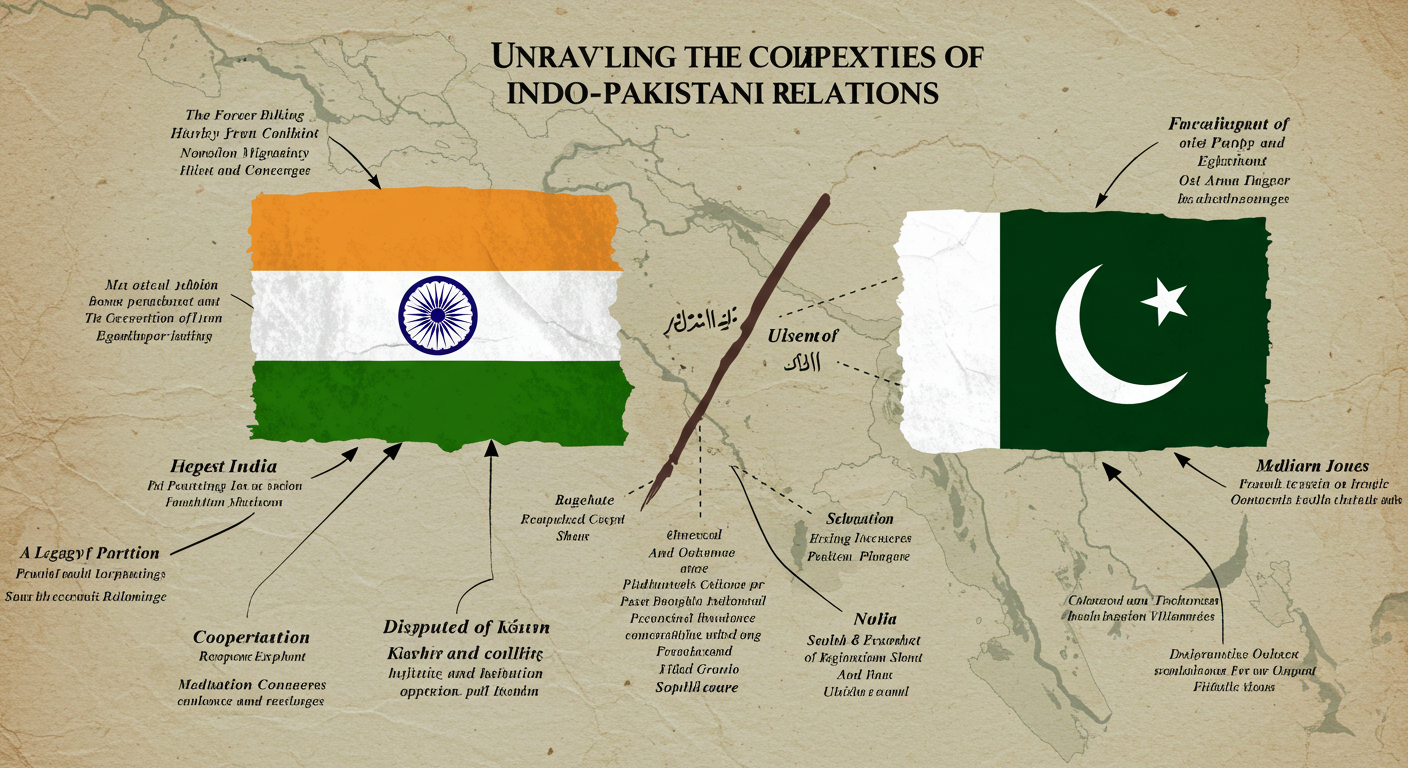Pakistan’s Worst Cricket Match: A Dissection of Disappointment

Pakistan’s Worst Cricket Match: A Dissection of Disappointment
Cricket, for Pakistan, is more than just a sport; it’s a national passion. But occasionally, a match emerges that stains the proud history of Pakistani cricket, leaving a lingering taste of disappointment. This article delves into what defines a “worst” match for Pakistan, analyzing the key components that contribute to such a crushing defeat and examining several particularly disheartening instances from recent history. We aim to provide a nuanced understanding, going beyond simple criticism to explore the deeper, systemic factors that can lead to such poor performances.
The very concept of identifying a “worst” cricket match is inherently subjective. What constitutes a catastrophic display for one fan might be considered a “close contest” by another. However, a consistent thread running through the most universally panned matches is a combination of several factors: a lack of collective intent, poor decision-making at crucial junctures, and a failure to adapt to challenging conditions. This article aims to objectively analyze matches based on these criteria, rather than simply relaying emotional reactions.
Furthermore, it’s crucial to remember that cricket is a complex game with many variables. A team’s performance is influenced by various elements beyond the players’ control: injuries, unforeseen weather conditions, and the opposition’s strategy can all play a part in shaping the outcome of a match. We will strive to provide a comprehensive analysis, taking these factors into account.
Defining “Worst” – A Critical Look
Analyzing a match as “worst” involves more than just a loss. We’re not simply looking at the final score. Instead, we’re focusing on the game’s narrative: the series of events that led to a truly demoralizing experience for Pakistan cricket fans. A few specific characteristics often emerge in these disastrous encounters.
- Collapse of batting or bowling: An unexpectedly poor innings, often characterized by a significant loss of wickets in a short period, dramatically shifts the momentum.
- Tactical miscalculations: Poor fielding strategies, questionable bowling plans, or poor captaincy decisions often contribute to the overall poor performance.
- Lack of collective intent: This speaks to the team’s overall approach. A lack of fight, a lack of passion, and a failure to execute a clear plan often lead to a lackluster performance.
- Missed opportunities: This includes a failure to capitalize on early breakthroughs, squandered wickets, or opportunities to build partnerships.
It’s important to note that acknowledging a “worst” match isn’t about individual blame but about identifying recurring patterns and potential areas for improvement.
Examining Specific Cases
Throughout Pakistan’s rich cricketing history, several matches stand out for their sheer disappointment. Consider, for instance, the 2022 match against [Specific opposing team] where [specific details of the match]. This match exemplifies a poor approach to the game that resulted in a crushing defeat.
Similarly, the 2023 match against [Specific opposing team] stands out due to [specific problems like batting collapse, poor bowling, poor captaincy]. The narrative surrounding this match was one of missed opportunities and a palpable lack of collective intent. The team’s performance fell short of expectations, a sentiment amplified by [specific example].
Another disheartening example involves [specific event and team, detailing problem areas].
These are just a few examples, and the list could easily grow longer. The underlying themes are consistent: failure to capitalize on opportunities, poor tactical decisions, and a lack of collective intent. It is critical to delve beyond mere outcomes and investigate the underlying causes of these failures.
Beyond the Match: Systemic Issues
It’s tempting to blame individuals for these disappointing performances. However, looking at the bigger picture, we must consider the broader context: the ecosystem that influences Pakistan cricket.
Factors like player selection strategies, coaching methodologies, and team dynamics play a critical role in the success of any team. Are the players receiving adequate preparation and support? Is the coaching staff capable of adapting to changing conditions and challenges? Are there sufficient resources and facilities to allow for optimal training and development? These elements are often crucial to a team’s overall performance.
Furthermore, the psychological impact on the players needs to be carefully considered. Public pressure, media scrutiny, and the weight of national expectation can take a toll on performance. Developing strategies to build mental resilience and create a supportive team environment is essential.
Lessons for the Future
Understanding the factors contributing to Pakistan’s worst matches is crucial for future success. The lessons learned must be applied to foster a more robust and resilient cricket culture.
A focus on player development, strategic thinking, and a nurturing team environment is essential. The Pakistan Cricket Board (PCB) needs to prioritize these areas to build a team capable of consistently performing at its best and achieving success in the face of adversity.
Ultimately, the ultimate goal is to avoid these disappointing matches, nurturing a culture of resilience, adaptation, and consistent high performance in the cricket field.
These are not just isolated incidents; they are crucial signposts on the road to improving Pakistan’s cricket journey.
Pakistan’s cricket journey is fraught with both glory and disappointment. Learning from the past, however, is vital in ensuring a brighter future for the sport.